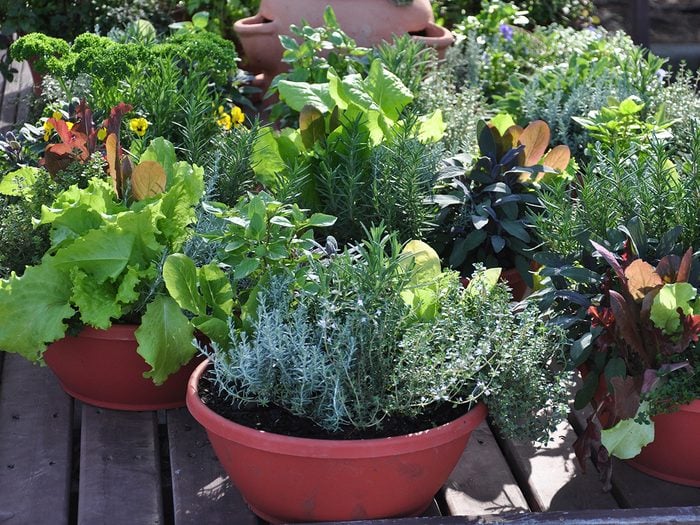
Starting a garden doesn’t have to break the bank
Build a thrifty patio garden with containers you find on the curb—just drill drainage holes. “The only thing you should splurge on is good quality potting soil and seeds,” says Toronto gardening writer Gayla Trail. You’ll save later on produce.
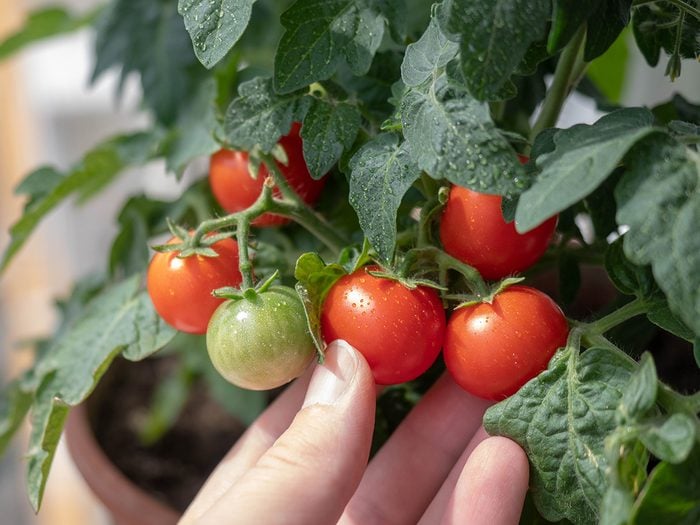
No yard? No problem!
If you don’t have a yard or your soil is inhospitable, you can still do some fruitful urban gardening in containers. The bigger the pots, the better, says Trail. “The soil will stay wet longer in a large container,” she explains.
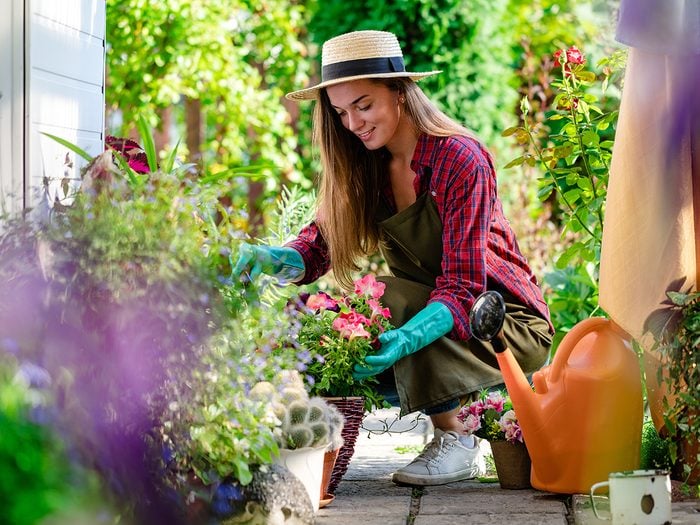
Starting a garden has benefits you can’t put a price on
In a 2011 Dutch study, two groups of people were asked to complete a stressful task, then assigned 30 minutes of either gardening or reading. The gardeners’ stress hormones were found to be significantly lower.
Discover more healthy ways to handle stress.
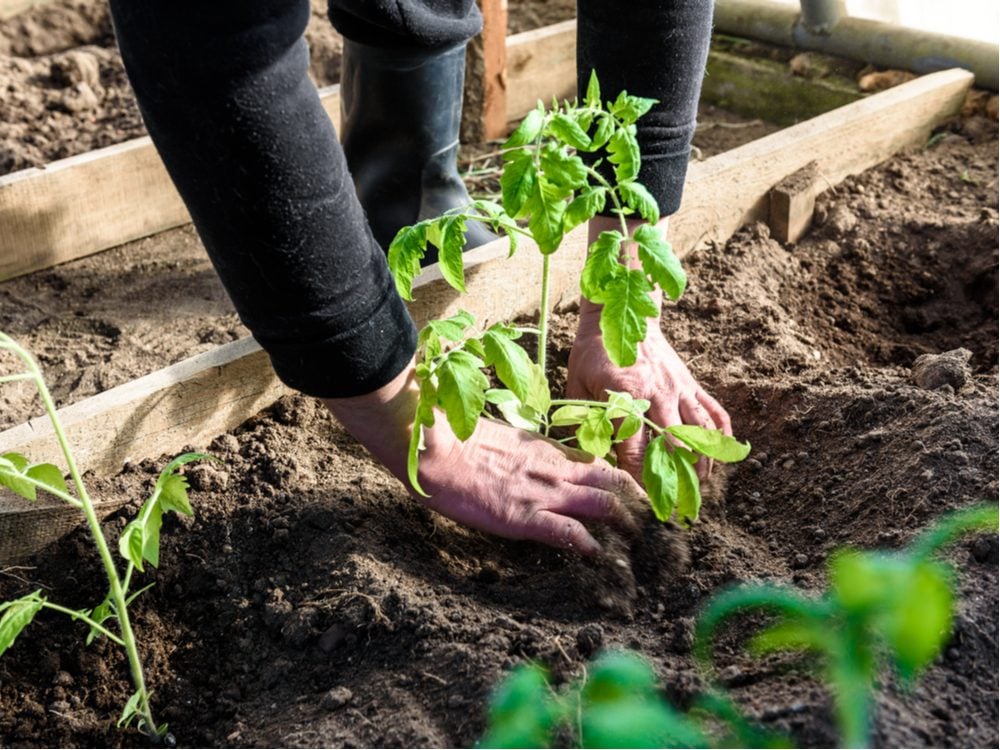
Dirt has its own surprising benefits
What makes digging in the dirt so satisfying? It might be the dirt itself. M. vaccae, a healthy bacterium that lives in soil, has been found to increase serotonin and provide anxiety relief when inhaled.
Here are more daily habits that cultivate happiness.
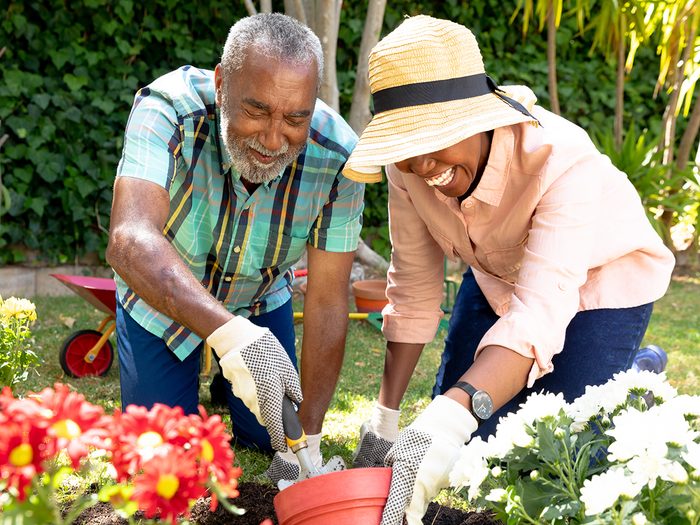
Gardening’s physical benefits increase as we age
Digging, pulling weeds and planting help strengthen your hands, which is especially important for seniors, whose loss of grip strength worsens arthritis pain and leads to difficulty performing tasks.
Check out more great exercises for seniors.
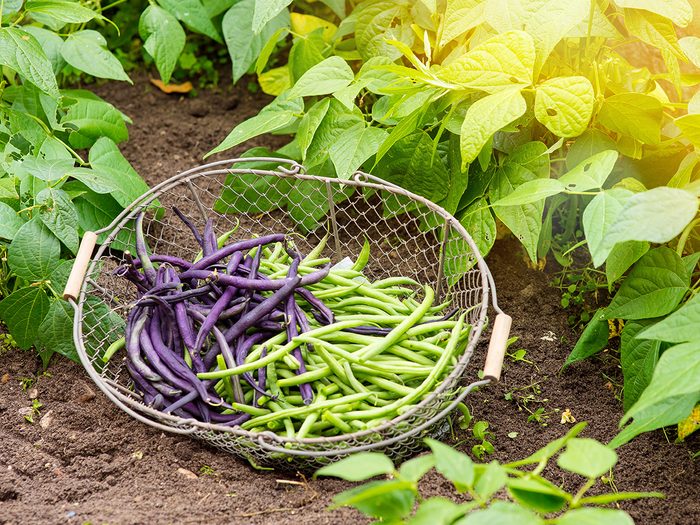
Canadians love gardening
Canada may be (mostly) frozen six months a year, but we’re avid gardeners. During the first year of the COVID-19 pandemic, more than half the population grew fruits or vegetables for personal use.
Here are 10 tips for growing a vegetable garden—anywhere!
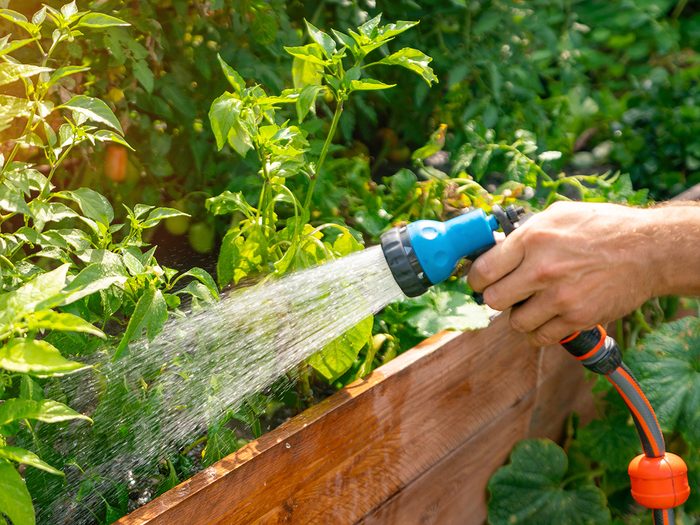
Maintenance may take as little as five minutes a day
“As much time as it takes to walk around your garden and put your finger in the soil up to the second knuckle,” says gardening columnist and broadcaster Mark Cullen. “If it feels moist and cool, there’s no need to water.”
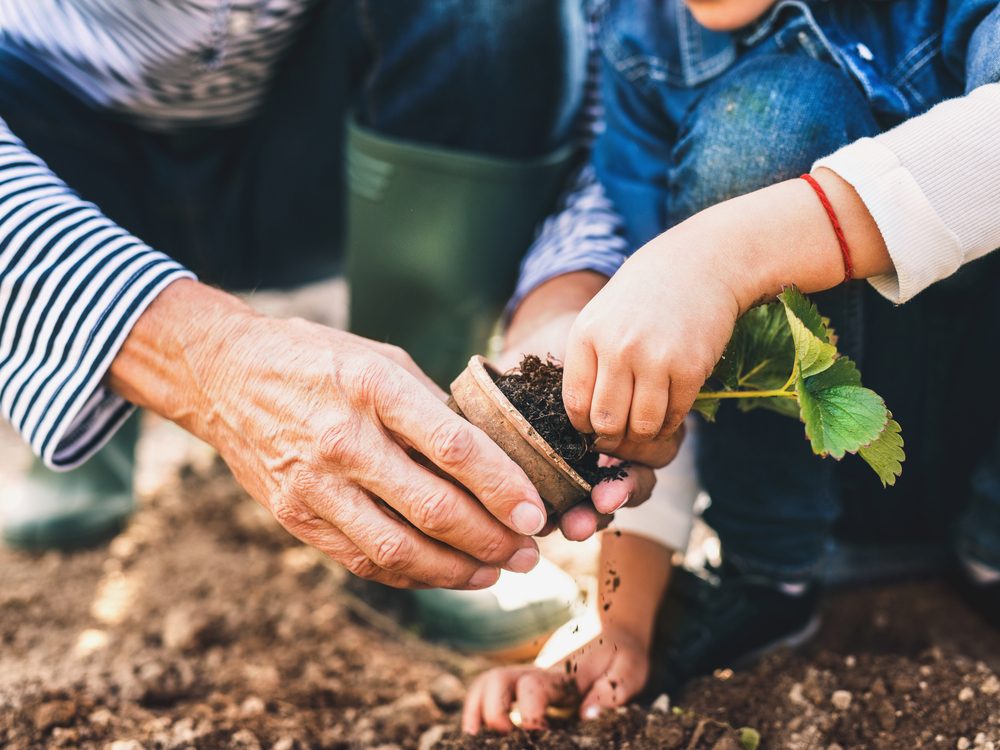
Learning your soil type is key
Understanding your soil type—sand, silt, clay or loam—is crucial when starting a garden. Your soil type can tell you which plants will do best and which amendments you’ll need to add, such as peat moss for better drainage. “Grab some earth and squeeze it,” Trail says. “Sand feels gritty, clay will stick together in a ball, and loam feels light and fluffy, like cake.”
Find out the best mosquito repellent plants to grow in your yard.
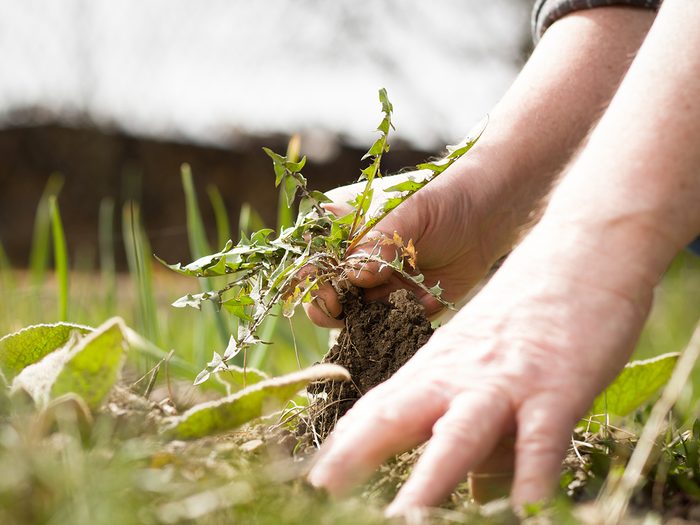
Don’t disregard weeds
Weeding several times a week provides the best return on your time invested. “Weeds are competition for desirable plants, so you need to get rid of them to maximize the productivity of your food plants and flowers,” says Cullen.
Planning out your containers? These are the best flowers for planters.
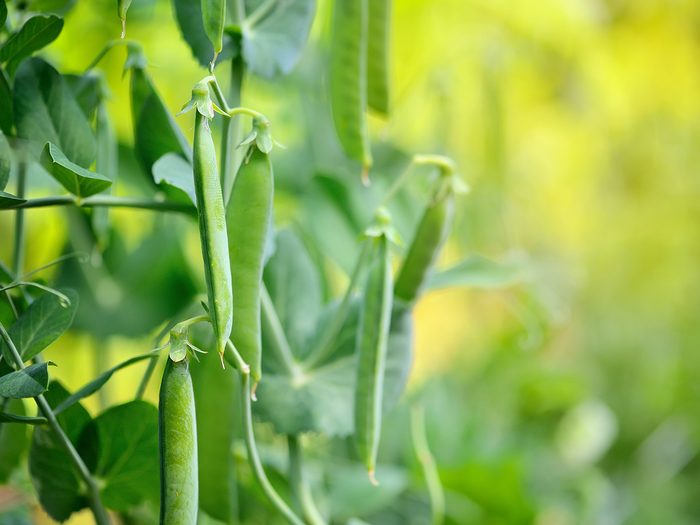
Mulch is a gardener’s BFF
A five- to 10-centimetre layer of straw or shredded leaves around the base of your plants will do double duty holding moisture in and preventing weeds.
Here are 10 plants that will attract butterflies and birds to your garden.
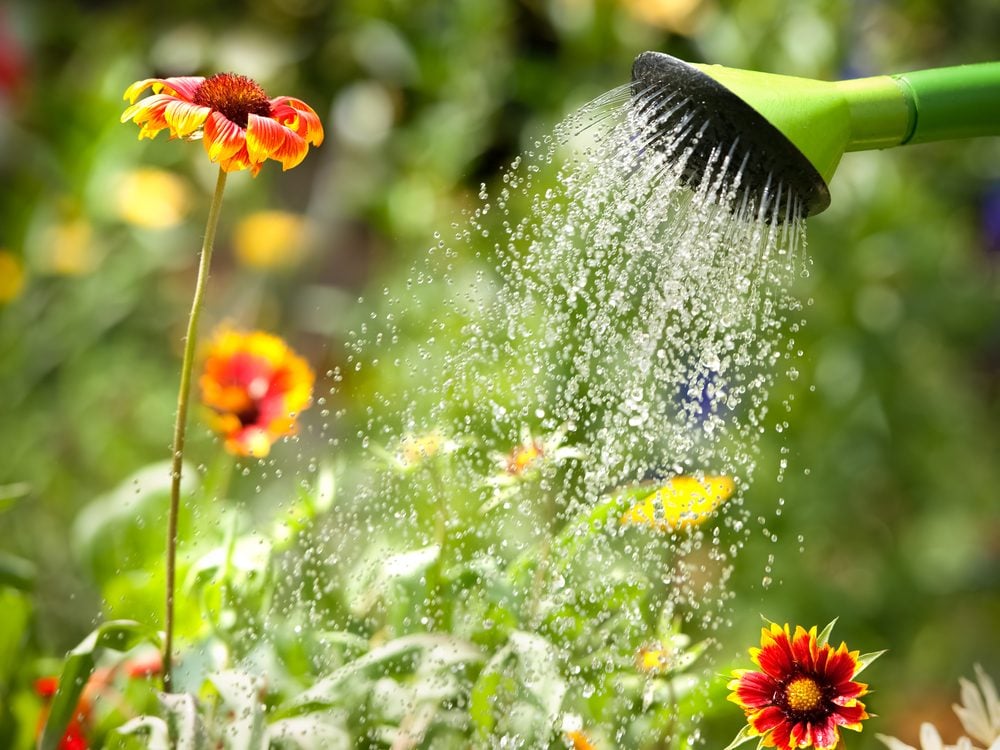
Don’t ignore yellowed, limp leaves
If you’re starting a garden, one of the biggest temptations is to give it too much love. “Nine out of 10 plant problems are caused by overwatering,” says Cullen. “If the soil feels cool and damp, don’t water.”
Want to grow your own home remedies? Add these healing plants to your plot.
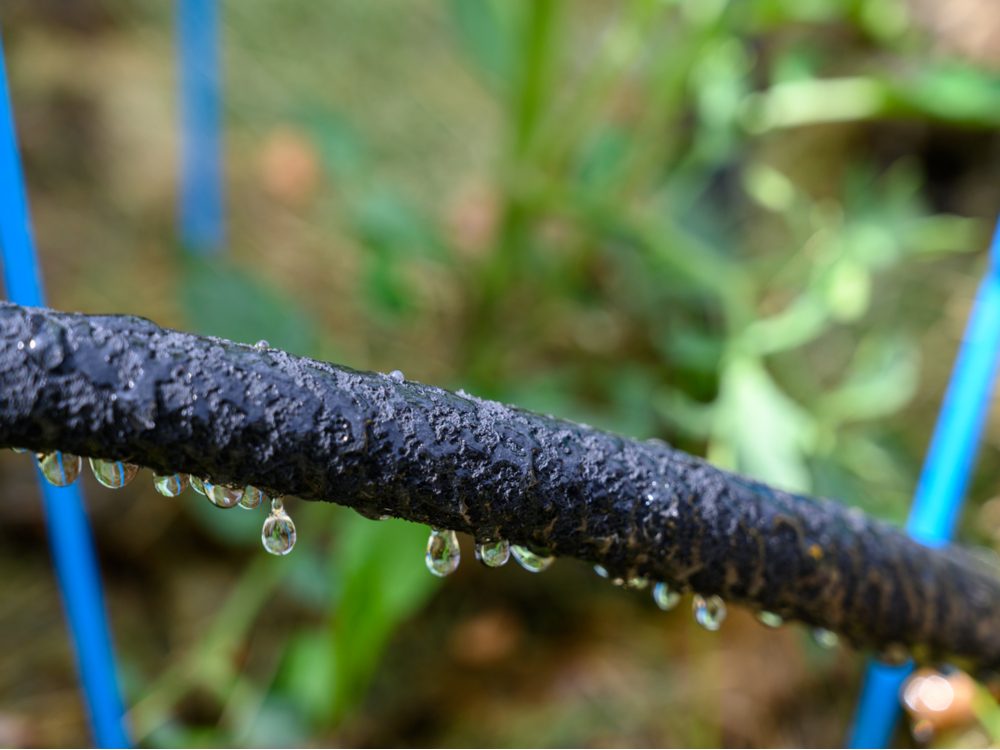
Experienced gardeners swear by soaker hoses
Keeping water off the foliage will prevent mildew and cut costs on your water bill by delivering the moisture directly to the roots.
Make sure you never plant this in you garden.
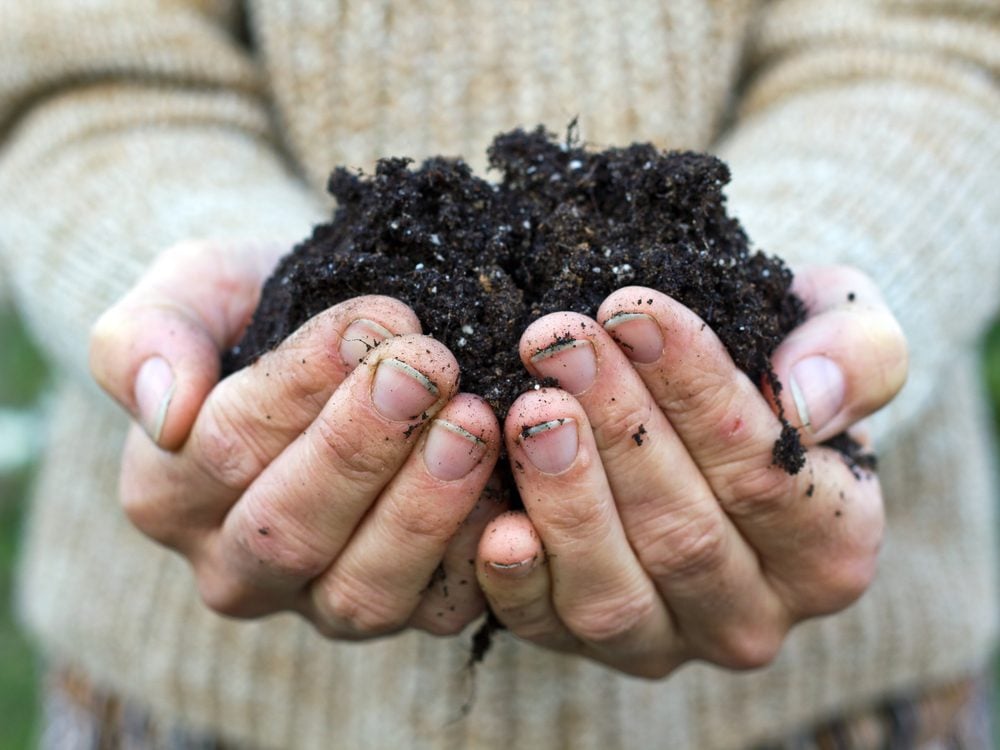
Fast-track your compost
A compost pile can be a great source of free fertilizer, but it takes time to brew. Cheat by dropping lettuce leaves, eggshells, banana peels and coffee grounds in a pot, filling with soil and placing plants on top, giving the roots steady access to nutrients.
Now that you know all about starting a garden, check out 20 gardening tips that’ll save you time, money and effort.